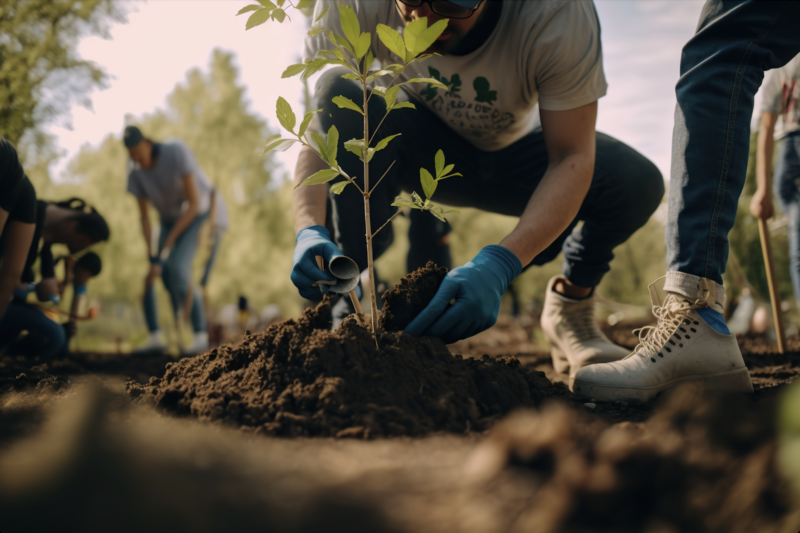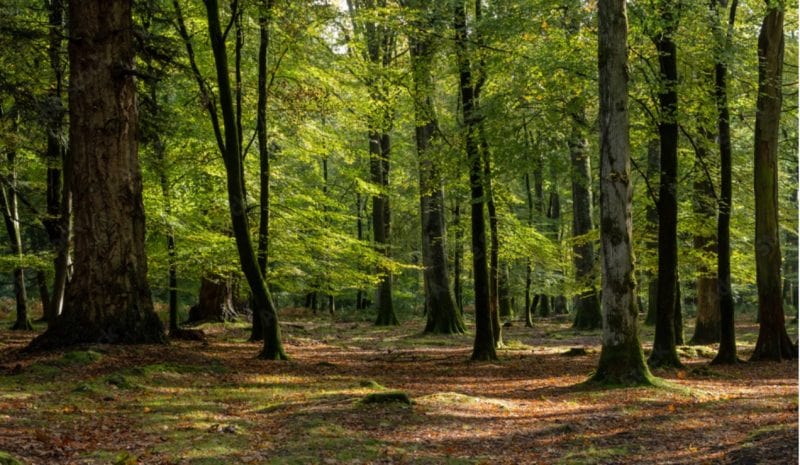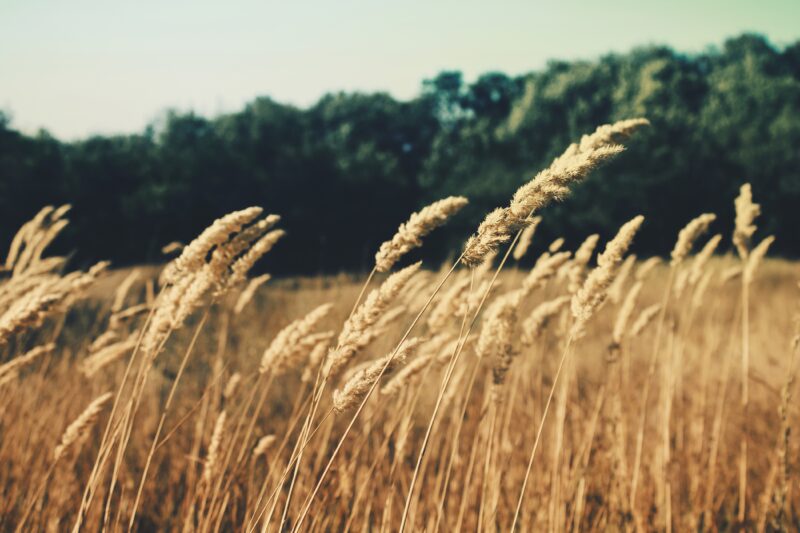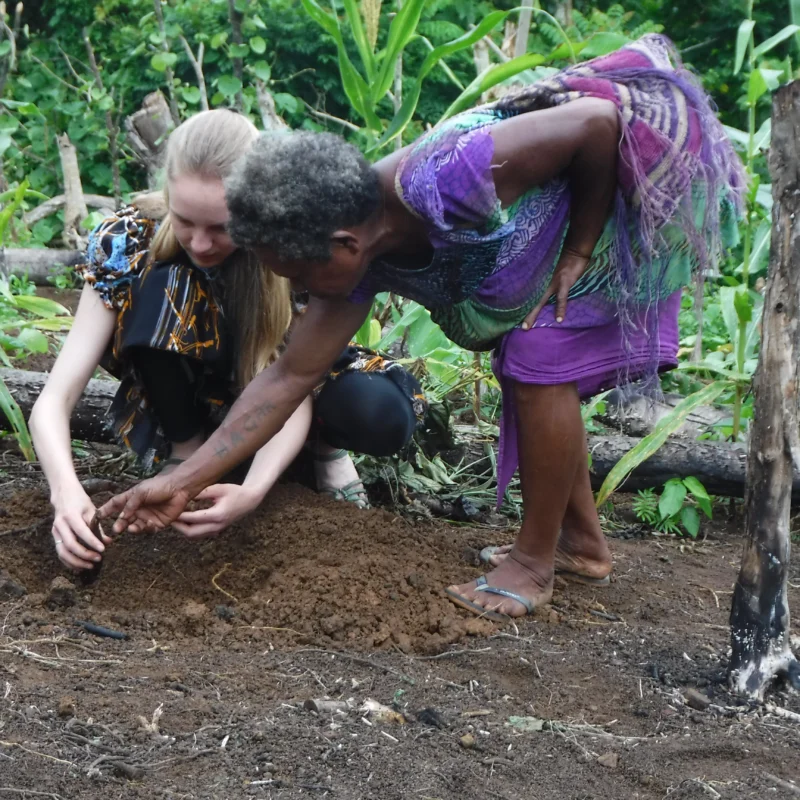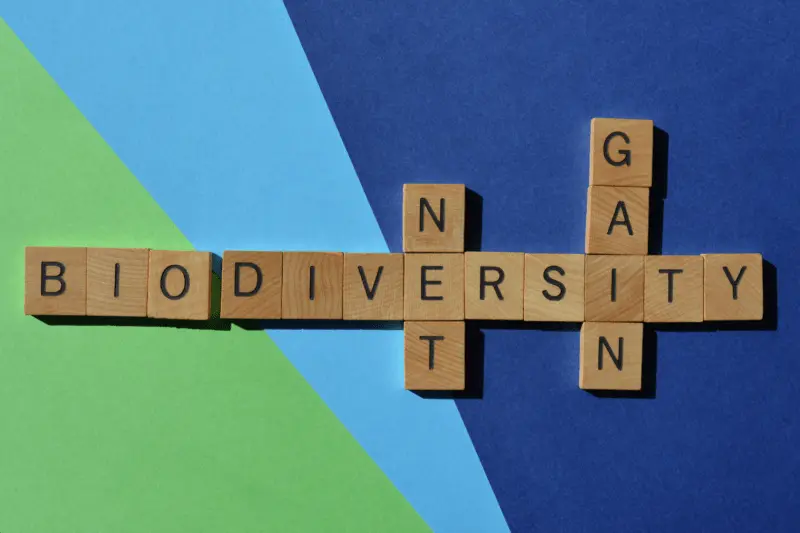Hidden Harvest: Unearthing the Biodiversity Potential of Wild-Harvested Plant Ingredients
There’s an entire world hidden away in our daily products – a world that’s often overlooked but holds an extraordinary wealth of potential. It’s a realm that links directly to biodiversity and the livelihoods of many communities worldwide. This vast yet hidden domain is wild-harvested plant ingredients.
These naturally occurring components frequently find their way into our everyday items, from food and beverages to cosmetics, pharmaceuticals, and even textiles. They’re the unsung heroes: the argan oil making your skin and hair glow; the frankincense in your everyday perfume; the candelilla wax stopping your sweets from sticking together; the Brazil nuts in your afternoon snack; the liquorice in your nightly herbal tea. However, despite their widespread use and essential contributions, wild-harvested plant ingredients often evade businesses’ risk assessments due to their perception as minor components, a lack of data on their risks and trade, or even simply being obscured by multiple supply chain layers. In reality, these natural ingredients carry significant ecological and economic weight.
The Hidden Dimension of Supply Chains
The difficulty in tracing these ingredients stems from the complexity of modern supply chains. Often, these plants are tucked away under layers of suppliers, importers, or ‘middlemen’, obscuring their origin and contribution to the finished product. The situation is further complicated by a widespread lack of data regarding the harvest, use, and impact of these plants. This veil not only conceals the risks associated with their use, but also obscures the immense opportunities they offer to businesses and society at large.
The underestimation of wild-harvested plant ingredients is particularly problematic given their environmental and socio-economic implications. Many of these plants are sourced from diverse ecosystems and rural communities across the world, making their harvesting directly linked to the health of our planet and the prosperity of people. Their sustainable use can contribute significantly to biodiversity conservation and provide a vital source of income for local communities, who often also have important cultural ties to the ingredients.
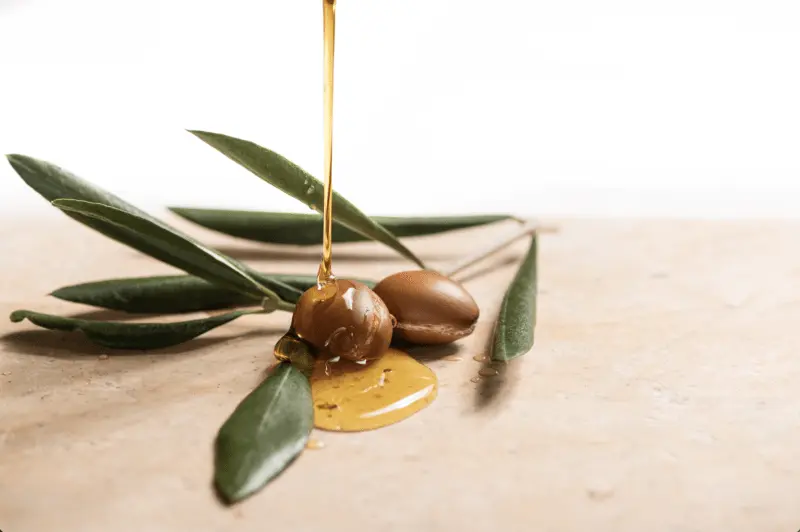
Let’s take argan oil as an example. The argan tree (Sideroxylon spinosum) is so foundational to its home in Morocco that the local woodland ecosystem, Arganeraie, is named after it. Harvesting and processing the nuts provides a critical source of income and independence for indigenous Amazigh women. There is even an annual International Day of Argania on 10 May! If the trees were overharvested, this could have a disastrous outcome on both the people and wildlife in the region – yet data on argan harvest and trade is difficult to come by, and it is possible that overharvest is already occurring, driven by international demand for the anti-ageing argan oil.
Unearthing Business Opportunities with Wild-Harvested Plants
With increasing interest in nature-positive and biodiversity-friendly practices, wild-harvested plant ingredients present a significant opportunity for businesses. By harnessing the potential of these wild-harvested plants, companies can not only enrich their products but also contribute to biodiversity conservation and communities. They can contribute a fair income to communities reliant on these natural resources, enhance their brand’s reputation, and meet consumers’ growing demand for sustainable and ethical products.
While this might sound like an overwhelming task given the complexities of today’s supply chains, resources are available to assist businesses in this journey. The WildCheck platform allows companies to identify the wild plant ingredients within their products, assess their potential risks and impacts on biodiversity and livelihoods, and work towards more sustainable and ethical sourcing practices. This National Geographic article provides an introduction to the platform and the wild ingredients it covers. TRAFFIC and its collaborators continue to advance research and best practice in wild plants trade.
Jatamansi, a Critically Endangered medicinal plant from Nepal, provides a snapshot of what is possible. Harvesters in the high Himalayas rely on the plant for income, thus have a vested interest in its sustainable and fair harvest. Responsible sourcing is being achieved through certification and related in-country training (e.g. in traceability, management systems, and data collection). Meanwhile, companies purchasing the responsibly-sourced Jatamansi are assured of its provenance and sustainability, and can promote their contributions towards healthy alpine meadow ecosystems in Nepal, which are also home to the Endangered Snow Leopard, Himalayan Goral, Serow, Himalayan Tahr, and a range of pollinator species (Source: WildCheck Report, 2022).
What Businesses Can Do
Wild-harvested plant ingredients are much more than just minor components in our everyday products. They are a significant link between businesses, biodiversity, and the livelihoods of many communities worldwide. By acknowledging and responsibly managing these ingredients, companies can promote a healthier planet, support global communities, and unlock a host of new business opportunities. With tools like WildCheck, businesses are well-positioned to bring these hidden heroes into the limelight, transforming their supply chains into a force for good and fostering a sustainable future for all.

Biodiversify is keen to work with businesses looking to seize these opportunities and champion their wild plant ingredients. The lead author of the WildCheck Report, Caitlin Schindler, is now at Biodiversify as a Senior Consultant. Please get in touch with caitlin@biodiversify.org to discuss wild-harvest opportunities!
Need more details?
We are here to assist. Contact us by phone, email or via our social media channels.
Get in touch